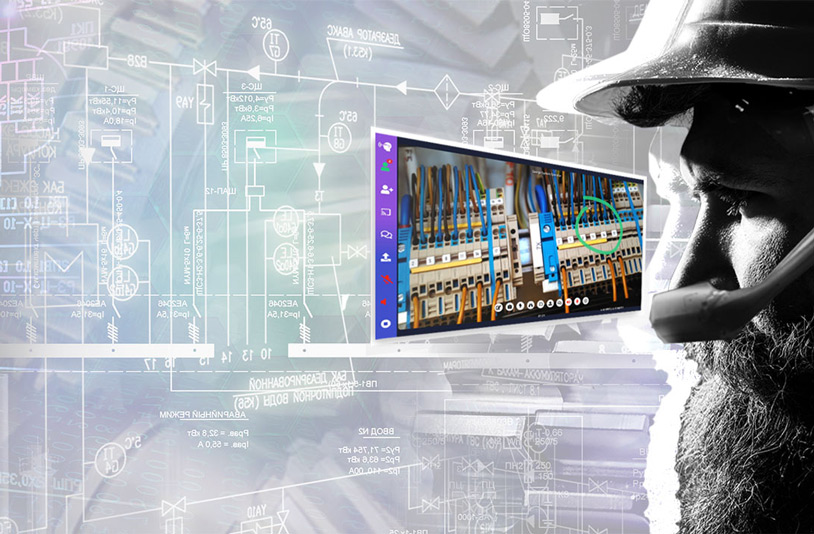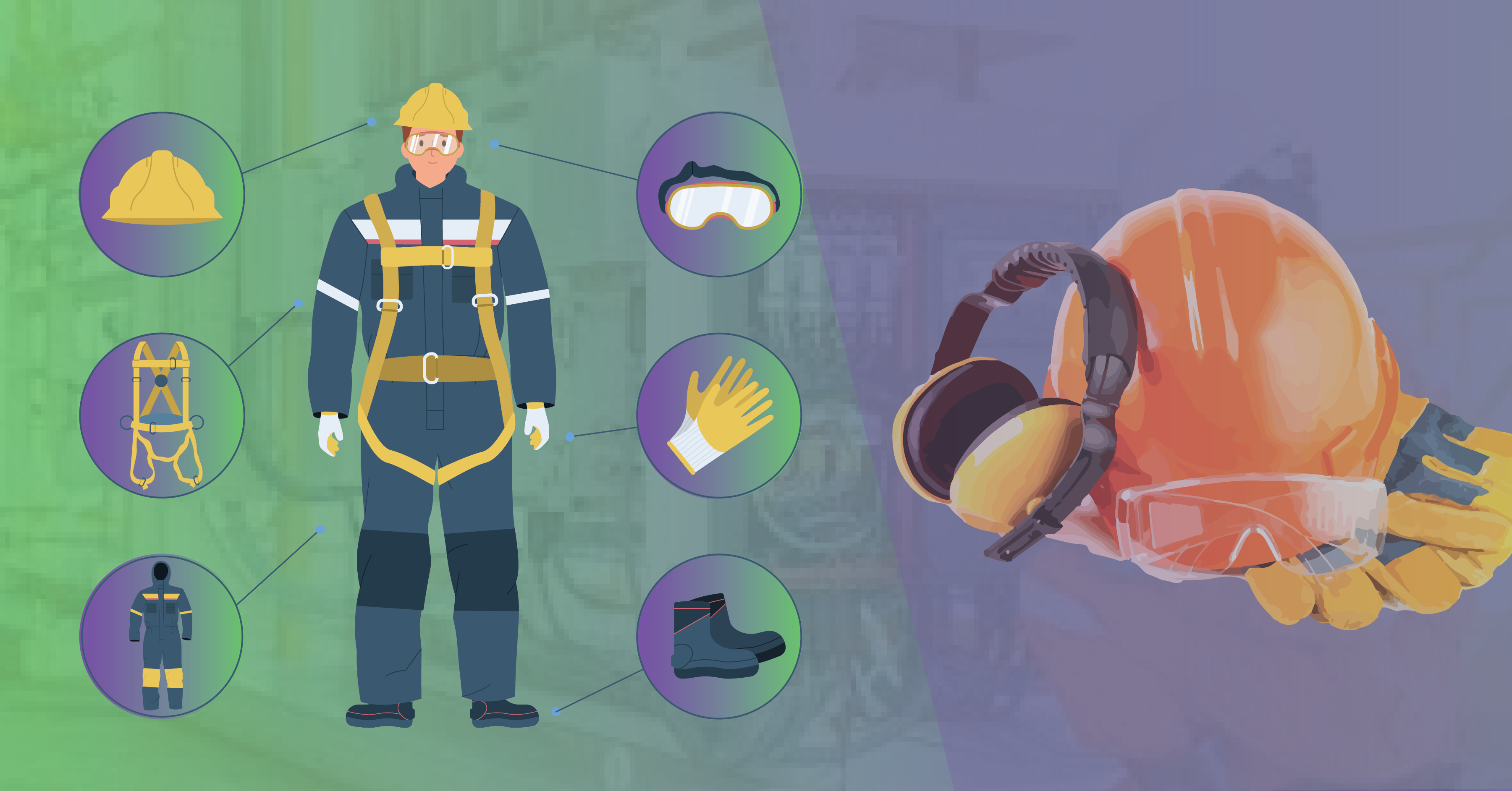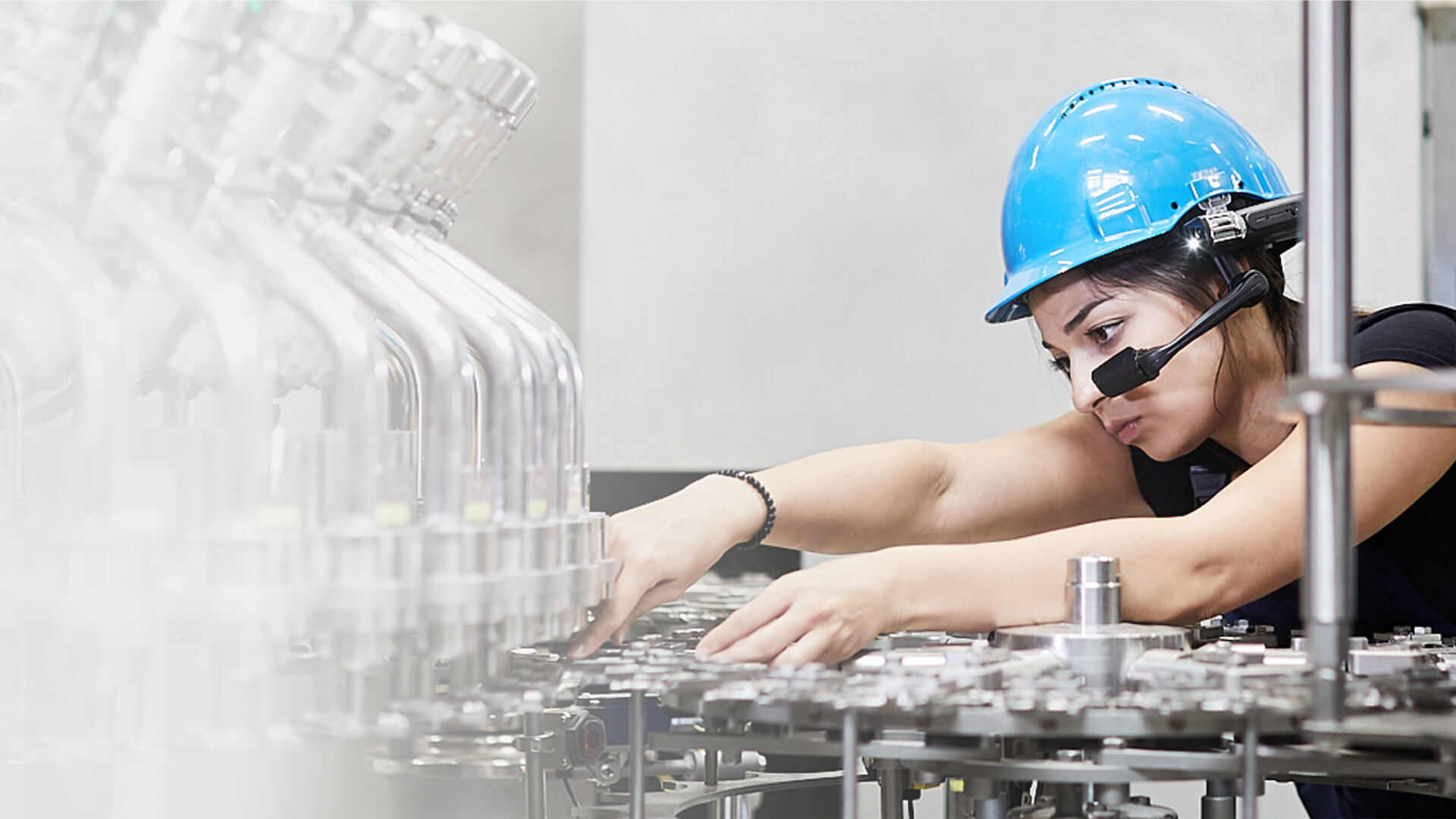Advancement of technologies has opened numerous possibilities to support repair and maintenance operations remotely. Reduced travel and efficient use of resources can be an effective way to offset environmental impact with remote mro while still ensuring that equipment and systems are functioning optimally.
In today’s rapidly changing world, sustainability and environmental preservation are of utmost importance for all industries. As the effects of climate change and environmental degradation continue to be felt, companies are increasingly recognizing the need to reduce their carbon footprint and take action to protect the planet.
One area where companies can make a significant impact is in their maintenance, repair, and operations (MRO) processes. Traditionally, MRO has been a time-consuming and resource-intensive process, requiring companies to have on-site technicians and an inventory of spare parts. However, with the advancements in technology leading to the possibilities of virtual connectivity, companies have started to adopt remote MRO practices to offset the environmental impact.
Environmental impact of traditional MRO
Traditional MRO services involve a considerable amount of travel, both domestically and internationally. This travel generates a significant amount of carbon emissions, contributing to climate change and environmental degradation.
For example, when specialized equipment breaks down in the United States and the only technician available to fix it is in Asia, the delay in attending to the issue may be unavoidable for several reasons. However, this delay can lead to an astounding $48 million in downtime, in addition to travel expenses and flights. Moreover, the round trip by the technician generates a significant amount of 5.5 metric tons of CO2. Such situations and processes should not continue to be standard practice.
One of the ways companies can achieve this is by adopting remote maintenance, repair, and overhaul (MRO) services.
What is remote MRO?
Remote MRO (maintenance, repair, and overhaul) refers to the use of technology and digital communication to diagnose and troubleshoot issues with equipment and machinery without the need for technicians to be physically present on-site. Remote MRO involves the use of various technologies, such as smart industrial wearables and remote monitoring software, to collect and analyze data about the performance of equipment and machinery.
Through remote MRO, technicians can access real-time data and diagnose issues remotely, often before they become major problems. This can help reduce downtime and prevent costly repairs. It is particularly useful in situations where equipment and machinery are in remote or hard-to-reach locations, where it may be difficult or time-consuming to send technicians on-site. It also allows access to a wider pool of technicians, which can help reduce labor costs associated with in-house maintenance teams or hiring local contractors.
Remote MRO can also provide several benefits for the environment, including:
Reduced Carbon Footprint
Remote MRO reduces the need for travel, which results in fewer emissions from vehicles and planes, leading to a reduced carbon footprint. By minimizing the number of physical trips required for maintenance, remote MRO can help reduce greenhouse gas emissions and mitigate climate change impacts.
Reduced paper usage
Remote MRO relies on digital documentation and record-keeping, which reduces the need for paper-based records. Technicians can access digital documentation, such as equipment manuals and maintenance logs, remotely, eliminating the need for paper copies.
Efficient use of equipment and machinery
Remote MRO enables technicians to monitor equipment and machinery remotely, which can help identify inefficiencies and optimize performance. This can result in a more efficient use of resources, such as energy and raw materials.
Reduced Waste Generation
Remote MRO can reduce the amount of waste generated by maintenance operations, such as discarded equipment or packaging materials, by enabling technicians to diagnose and repair issues remotely, rather than replacing equipment or parts.
How Does Telepresenz Help?
Telepresenz solutions enable a remote supervisor to see and hear what a frontline professional is experiencing and provide them with in-situ digital documentation and workflows. This enables frontline professionals to get on with the job at hand while being supported remotely, all while keeping their hands free to carry out work and remaining situationally aware.
That’s why so many organizations believe in the power of Telepresenz solutions. Remote collaboration technology like Telepresenz enables professionals to effectively be in other places without physically being there. It’s more than just a voice from a speaker, more than a series of heads and shoulders on a screen; it’s fully interactive collaboration, and it’s exactly what will make many business trips a thing of the past and lower the carbon footprint of those that invest in this technology. To put it simply, Telepresenz will save you time, money, and CO2 production, regardless of your industry.
By leveraging Telepresenz solutions, organizations can significantly reduce their environmental impact while improving efficiency, productivity, and collaboration.
The Future of Remote MRO
The future of remote MRO looks promising, with potential benefits for industries across the board. As technology continues to evolve, it is likely that remote maintenance practices will become increasingly common, paving the way for more efficient, safer, and sustainable maintenance practices.
Read More: Maximizing Efficiency and Safety in Mining Operations




